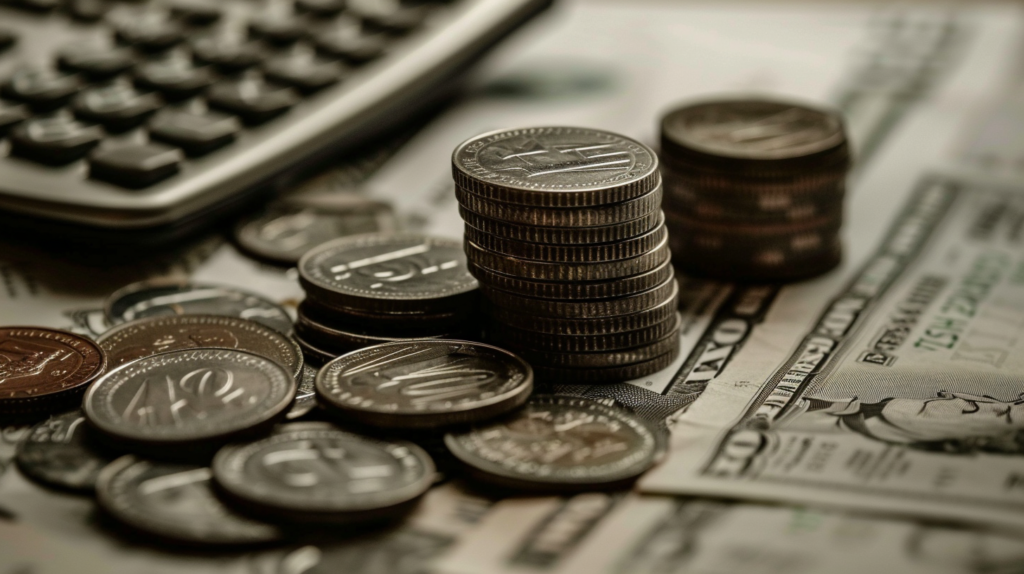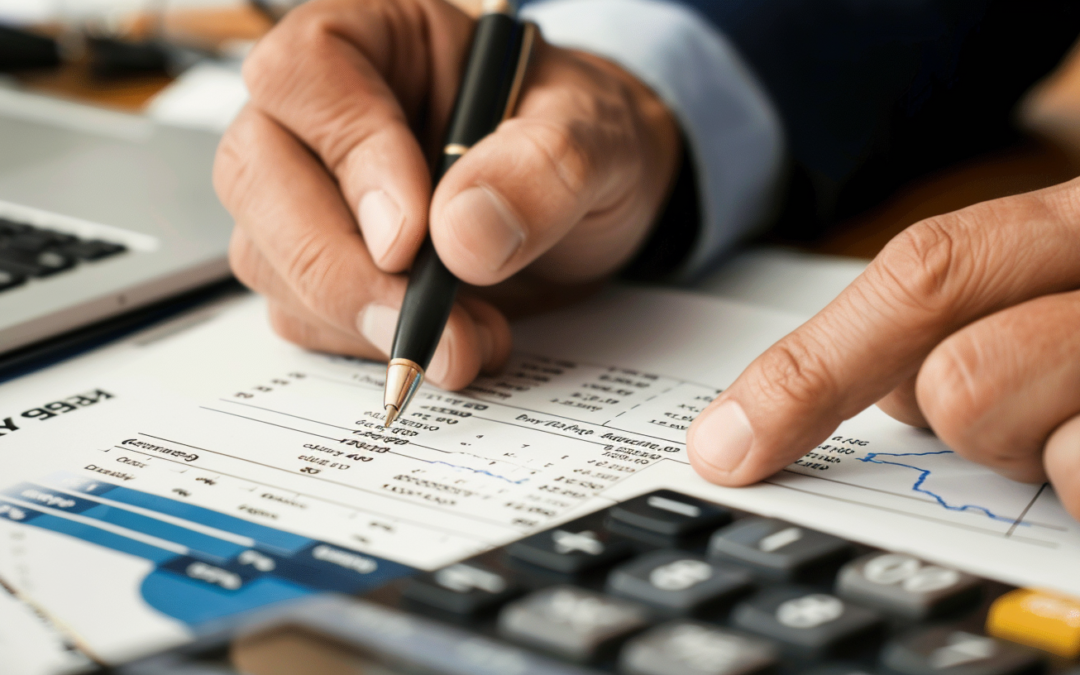For small business owners, navigating the complexities of tax deductions is crucial to maximizing profitability. Among these, depreciation deduction stands out as a significant opportunity to reduce tax liability by accounting for the wear and tear on tangible assets over time. This guide explores what depreciation deduction involves, how it benefits a small business, and the best practices for leveraging this tax strategy effectively.
What is Depreciation Deduction?
Depreciation deduction allows businesses to write off the cost of purchasing tangible assets over the useful life of those assets rather than taking the entire expense in one year. This spreads the cost of substantial investments like machinery, vehicles, and buildings across several years, reflecting their usage and aging process.
Key Types of Depreciation Methods
Straight-Line Depreciation
The most straightforward method is where the asset’s cost is evenly spread over its useful life. This method is often used for its simplicity and uniform expense distribution.

Declining Balance Depreciation
A more accelerated depreciation method that writes off higher expenses in the earlier years of an asset’s life, which then decline over time. This can be beneficial for assets that lose value quickly.
Units of Production Depreciation
It ties depreciation to the asset’s usage, such as miles driven or hours used, making it ideal for equipment that varies in operational intensity.
Benefits of Utilizing Depreciation Deduction
Improved Cash Flow
Depreciation deductions can help improve a business’s cash flow by deferring tax payments, allowing more capital to be available for reinvestment or operational expenses.
Tax Savings
Depreciation lowers taxable income, which directly reduces the amount of tax owed by a business, potentially saving significant amounts over time.
Accurate Asset Valuation
This method ensures that the financial records reflect a more accurate value of the assets, which is crucial for financial reporting and analysis.
Best Practices for Depreciation Deduction
Understand Asset Classification
Different assets depreciate over different timelines. Understanding how to classify assets correctly is crucial for effective depreciation scheduling.

Keep Detailed Records
Maintaining accurate records of assets, including purchase dates, costs, and usage, is essential for supporting depreciation claims and ensuring compliance with tax laws.
Consult with Tax Professionals
Tax laws can be complex and change frequently. Consulting with a tax professional can help ensure that deductions are maximized and legally compliant.
Common Mistakes to Avoid
Overlooking Eligible Assets
Some businesses fail to claim depreciation on all eligible assets, potentially missing out on substantial deductions.
Incorrect Depreciation Scheduling
Applying the wrong depreciation method or timeline can lead to miscalculations and potential issues with tax authorities.
How to Calculate Depreciation Deduction
Select the Appropriate Method
Choose a depreciation method that best matches the use and financial strategy of your business.

Determine the Asset’s Useful Life
Refer to IRS guidelines or industry standards to determine the useful life of an asset.
Calculate Annual Depreciation
Using the chosen method, calculate the yearly depreciation amount that will be deducted from your taxable income.
Updates in Depreciation Rules
Stay updated on any changes in tax laws that might affect depreciation methods or eligible assets, as tax reform can often include modifications to depreciation rules.
Frequently Asked Questions About Depreciation Deduction
What qualifies for depreciation deduction?
Tangible assets such as equipment, vehicles, furniture, and buildings used in business operations can qualify for depreciation.
Can I use depreciation if I only lease equipment?
Generally, leased equipment cannot be depreciated by the lessee since they do not own the asset. However, payments may still be deductible as a business expense.
How does the IRS define ‘useful life’?
The IRS provides guidelines for the estimated useful lives of various types of assets, which are used to determine depreciation schedules.
Can I claim depreciation on software purchases?
Yes, software that is purchased for business use can generally be depreciated. However, if the software comes with the hardware and is not separately priced, it must be depreciated over the same life as the hardware. Standalone software can often be depreciated over a 36-month period or can qualify for Section 179 deductions, depending on how it is used in your business.
What happens if I sell or dispose of a depreciated asset?
When you sell or dispose of an asset that has been subject to depreciation, you must account for the sale in your tax return. If the sale price exceeds the asset’s depreciated value (its book value), you may have to report the difference as income, often referred to as recapture of depreciation. Conversely, if you sell the asset for less than its book value, you might incur a deductible loss.
Are improvements to property also subject to depreciation?
Yes, improvements to business property can generally be depreciated, provided they add value to the property, prolong its life, or adapt it to new uses. These improvements must be capitalized and depreciated over their useful life, which varies depending on the nature of the improvement.
Can small businesses benefit from any special depreciation rules?
Small businesses can benefit from special depreciation provisions such as Section 179 expensing and bonus depreciation. Section 179 allows businesses to deduct the full purchase price of qualifying equipment and software purchased or financed during the tax year, up to a certain limit. Bonus depreciation, which can immediately deduct a percentage of the purchase price of eligible business assets, is another incentive available in certain tax years.
How do I choose the right depreciation method for my business?
Choosing the right depreciation method depends on your business objectives and financial situation. The straight-line method spreads the cost evenly over the asset’s useful life, providing a consistent deduction each year. Accelerated methods like declining balance provide larger deductions earlier. Consulting with a financial advisor or accountant can help determine the best approach based on your specific circumstances.
Is there a limit to how much depreciation I can claim each year?
For most types of assets, there is no specific limit to the amount of depreciation you can claim each year, other than the fact that you cannot deduct more than the asset’s cost over its life. However, certain limits apply to vehicles and listed property, and the Section 179 deduction also has a maximum annual limit, which can change from year to year based on tax legislation.
Does taking a depreciation deduction affect my business’s asset basis?
Yes, taking depreciation deductions reduces the tax basis of an asset. The basis starts as the asset’s purchase price and is reduced by the amount of depreciation deductions taken each year. This reduced basis is used to determine gain or loss when the asset is sold and affects the calculation of recapture taxes if applicable.
Conclusion
Depreciation deduction is a powerful tool for managing the financial health of a small business. By allowing businesses to spread the cost of assets over their useful lives, it not only aids in tax saving but also helps in accurate financial planning and reporting. Small business owners should prioritize understanding and applying this deduction correctly to make the most of its benefits.

